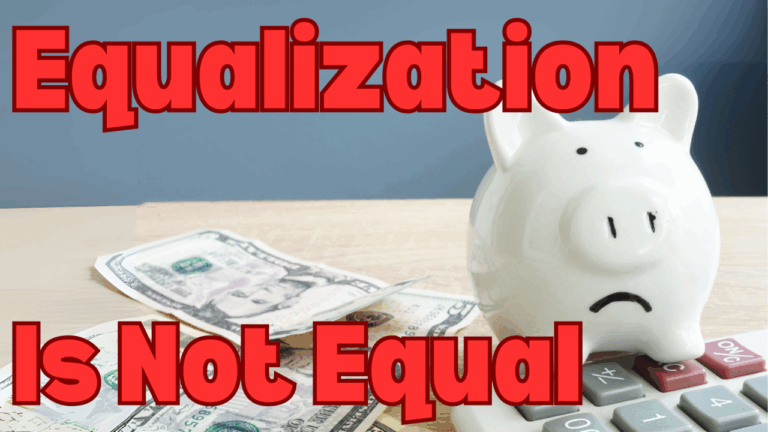In divorce cases involving retirement accounts, it’s common for attorneys to combine multiple accounts, calculate a net difference, and shift that amount from the largest plan to “equalize” the division. The intention is to simplify the process and save everyone time and money.
But here’s the truth: what looks clean on paper often creates costly, silent errors that work against your client and your credibility.
Let’s break down why this strategy backfires, and what to do instead.
The Equalization Shortcut
When lawyers use net equalization, they assume several things: that all retirement plans grow the same way, that gains and losses don’t matter, that fewer orders mean lower costs, and that clients will appreciate the simplicity of a single number. On the surface, it seems efficient.
In reality, each of those assumptions fails.
Growth differs dramatically across plans due to investment options, fees, loans, and administrative quirks. Market gains after the marital cutoff date legally belong to the participant—not the marriage—so ignoring them means one side gets more than they should. And while one QDRO might sound like a savings, the cost of fixing rejected orders, filing amended judgments, or dealing with frustrated clients wipes out any early “efficiency.”
Worse, many plans won’t honor vague net equalization instructions. A 401(k) administrator isn’t a bookkeeper and won’t interpret a decree to calculate a transfer. You need specific, plan-approved language every time.
The Better Way: Plan-by-Plan Division
Each retirement account should be handled individually, with the help of a retirement division specialist who can trace the marital share accurately.
For employer plans like 401(k)s, if the record-keeper can price the account to the agreed-upon cutoff date, that figure should be used. If not, the account should be traced up to the current date to ensure accuracy. IRAs, rollovers, and 403(b)s typically don’t price back to old dates, and contributions may have continued post-cutoff. These must be carefully calculated to avoid shifting premarital or separate property.
Once values are traced, transfers should be made using the plan-specific mechanism—whether that’s a QDRO, DRO, RBCO, or a trustee-to-trustee rollover. Every plan has its own rules, and each requires a dedicated order with precise language. Never use vague terms like “marital share.”
Yes, it takes more time up front—but it eliminates surprises, rejections, and do-overs. And your client will thank you for the clarity.
Tools and Training to Get It Right
That’s exactly why I created the TOVA SLIP: Settlement Language Playbook – DC Plans + IRAs Edition and why I lead the Settlement Language Lab.
The Lab is a one-hour Zoom training, free to law firms with five or more attorneys. It’s a practical session that walks you through real settlement-language examples, shows you how to quickly identify each plan type, and teaches you how to draft language that avoids common pitfalls.
You’ll learn how to:
- Identify which plans require QDROs, DROs, or rollovers
- Lock down final numbers—no placeholders, no fuzzy math
- Plug documentation gaps when key statements are missing
- Pre-empt issues around gains, losses, loans, and admin fees
- Use our tracing readiness cheat sheet for premarital money
Every attendee gets a copy of the Playbook. No recordings – just real-time guidance and answers to your most frustrating settlement language issues.

